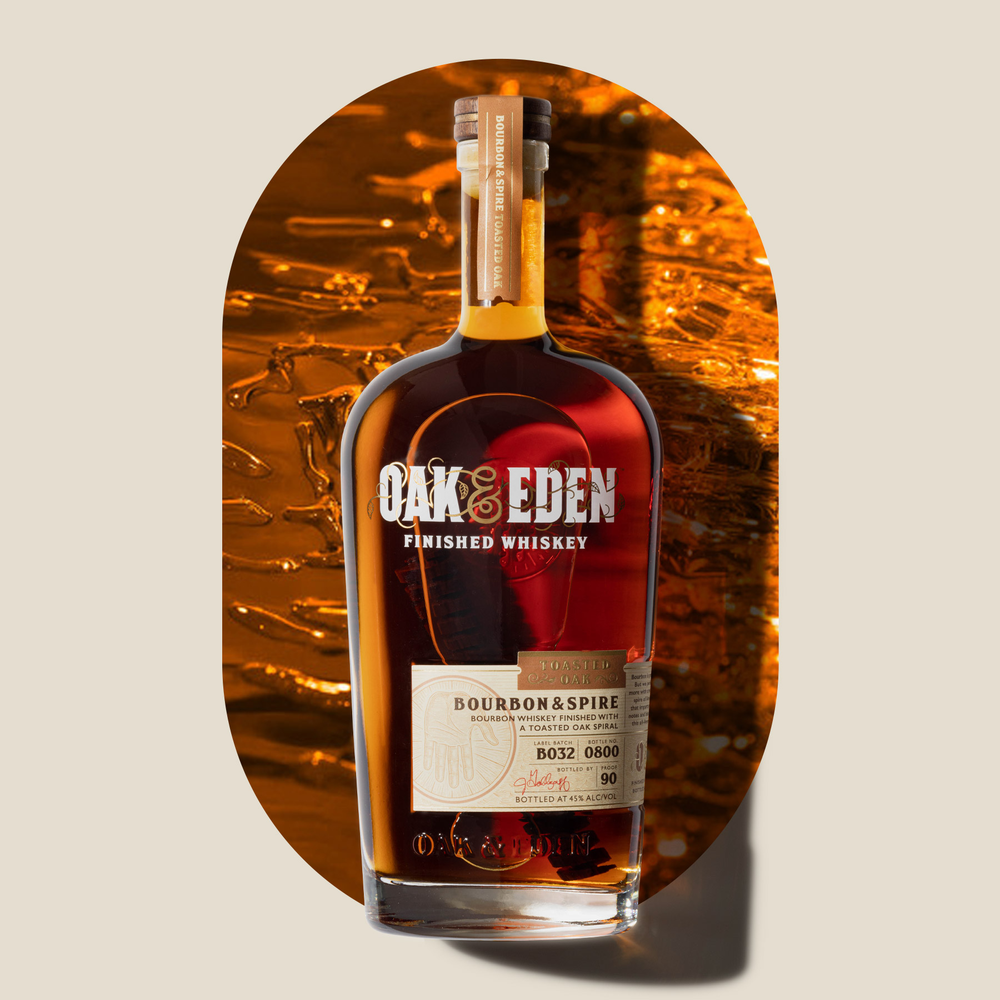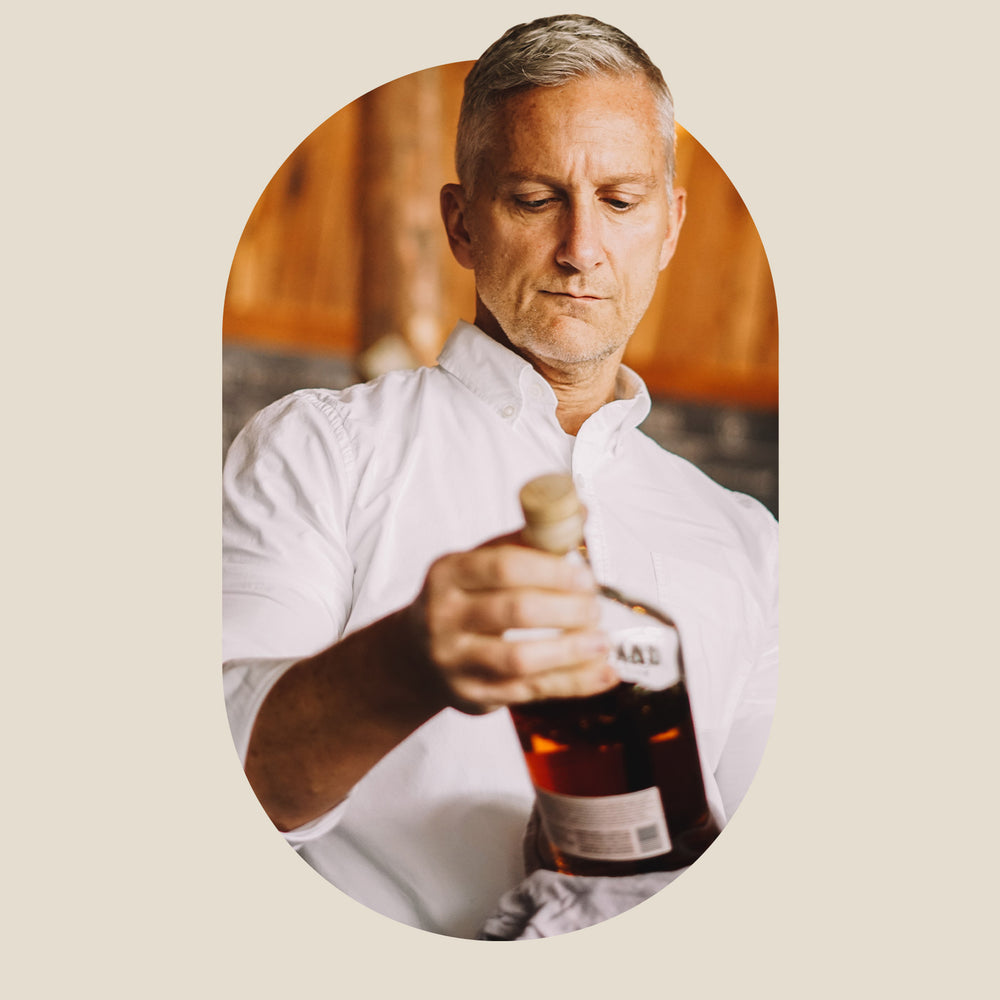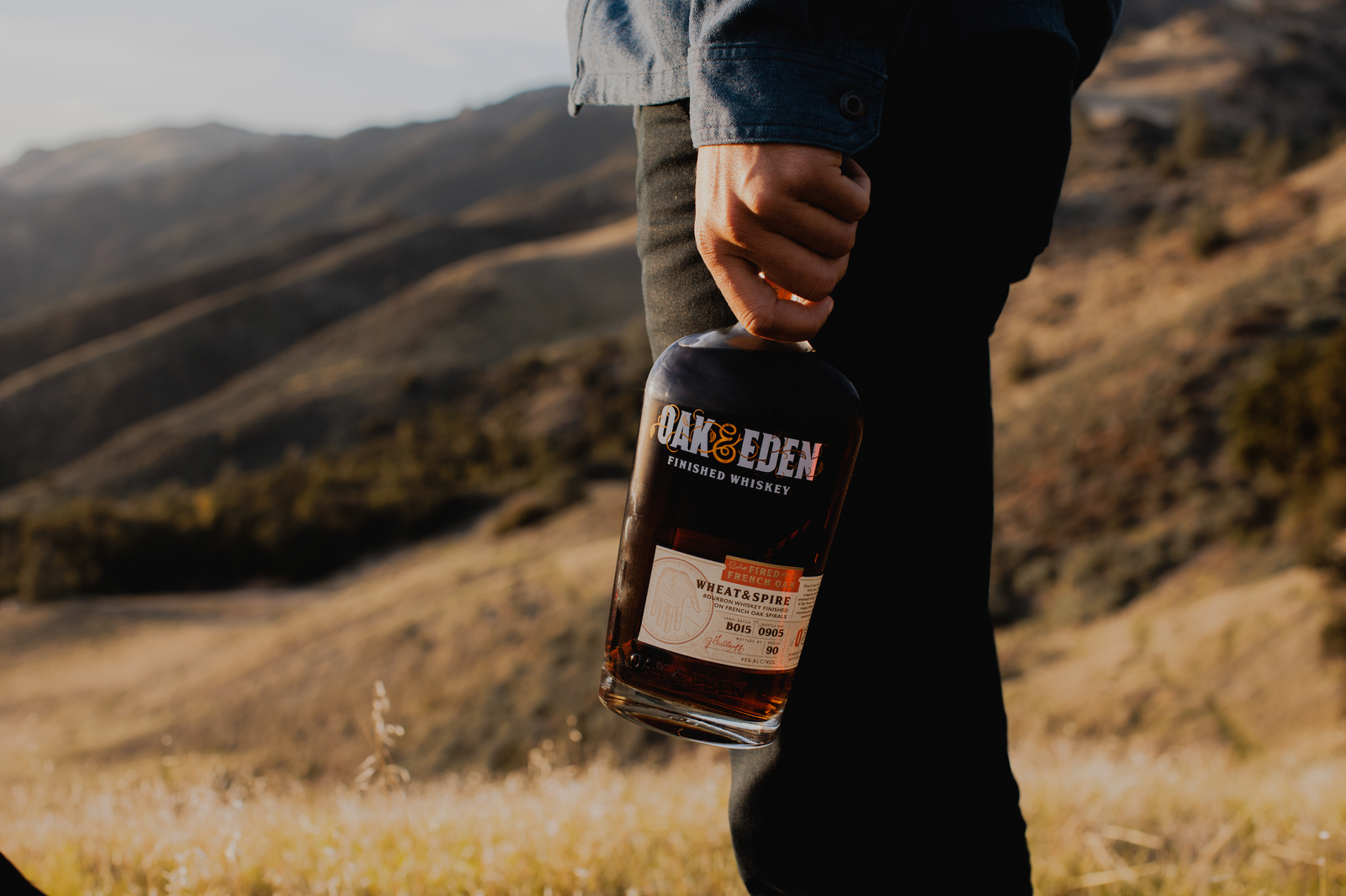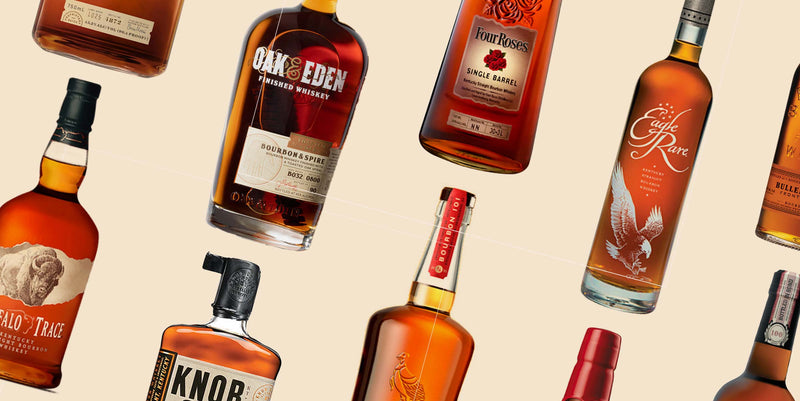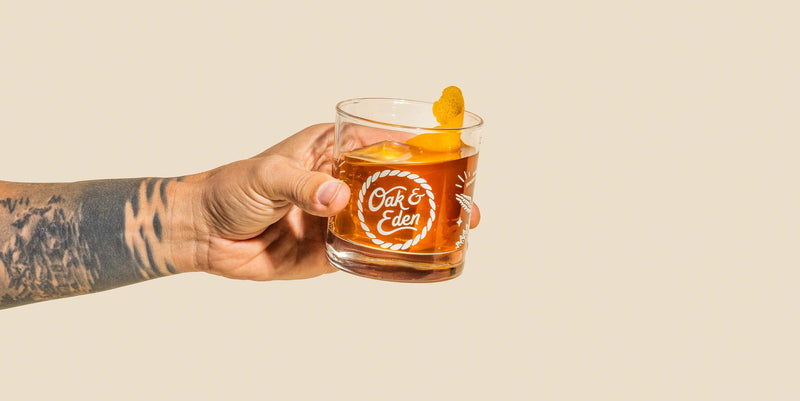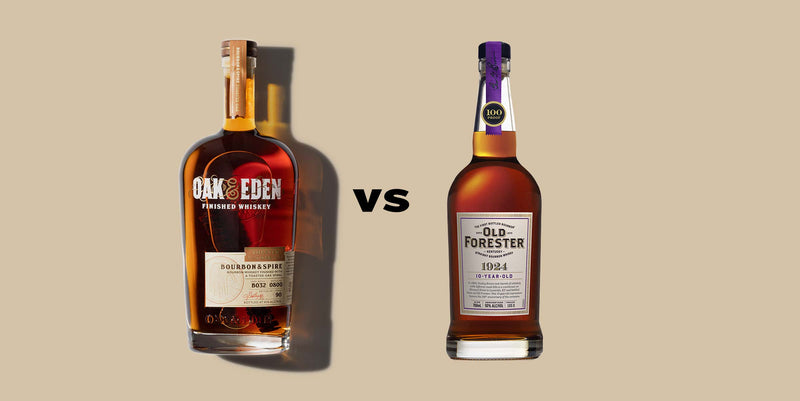Whiskey can be found in bars around the globe, and varieties of whiskey are made in dozens of countries, each with its own unique style. Some whiskies are uniquely American, others Irish, more yet Scottish, or even Japanese.
With such a globally recognized spirit, it can be difficult to understand where whiskey got its start. Whiskey has been around for a long time and has spread across the globe to where it is today.
The history of whiskey is an interesting look at how technology and local tastes combine to create different styles that are unique to each region — all just as delicious as the next.
Here is a brief history of whiskey, starting when it was first invented to the world of whiskey today.
The Invention of Distillation
In order to cover the history of whiskey around the world, we need to start where it all began: the art of distillation. Distillation has been in practice since the 2000s BC, when people in Mesopotamia were using the technique to produce stronger aromatics and perfumes.
The first written record of distillation that we currently know of takes us 2000 years into the future to the first century AD. These first accounts of distillation come from the Greeks and describe how distillation was used to turn seawater into potable drinking water.
The Spread of Distillation Through Europe
The process of distillation continued to spread west throughout Europe, where the process was used by many to produce medicinal products and ceremonial ingredients. Distillation continued to spread throughout the first millennium AD, gaining popularity and becoming more effective with advancements.
Distillation was used throughout the world during this time and was likely used to produce alcoholic beverages for a long time before we have real documentation of it happening.
Eventually, the techniques of distillation spread their way north into Scotland and Ireland, both of which lay claim to the title of the inventors of whiskey. While other Europeans were using wine as the beverage to distill into a spirit, the Scots and Irish, lacking access to grapes, turned to fermenting grains to produce an alcoholic beverage to distill.
This led to the production of aqua vitae, Latin for “water of life,” a name that was used for any distilled alcoholic beverage back then. In Gaelic, a Celtic dialect, it was called uisge beatha. These Scottish and Irish aqua vitae are the first examples we have of a modern whiskey-like beverage.
The Coining of the Term Whiskey
The first time we see an aqua vitae referred to by the term “whiskey” takes us all the way to 1405 in Ireland. The Annals of Clonmacnoise, an ancient Irish book of history, refers to a clan member dying from “taking a surfeit of aqua vitae (whiskey).”
As the 1400s continued in Ireland and Scotland, whisky production was in full swing and was being bought, sold, and consumed regularly. In fact, there are a few pieces of written evidence showing that kings were often involved in granting supplies to monks for the distillation of whiskey.
We know for sure that distillation existed in Scotland by 1494, as King James IV is recorded to have given Friar John Cor a large amount of malt, according to the Exchequer Rolls.
Whiskey Spreads to the Americas
As European settlers and colonists continued to flow across the Atlantic ocean towards the Americas in the early 1600s, the Irish and Scots among them brought their knowledge of whiskey distillation with them to their new home.
Around this time, the first-ever licensed whiskey distillery made its debut. In 1608, the Old Bushmills Distillery was licensed in Northern Ireland, making it the world's very first official whiskey distillery.
Meanwhile, back across the continent, whiskey was gaining popularity in the new American colonies, where the production and consumption of whiskey continued to grow. In fact, whiskey became so popular in the United States that many distillers used whiskey as a form of currency during the American Revolution. Even George Washington himself was a whiskey distiller, distilling as much as 300,000 barrels of rye whiskey per year at his Mt. Vernon plantation.
Whiskey in The United States and Canada
After the Revolutionary War concluded, whiskey continued to play an important role in American history and politics. The first official commercial distillery in the United States was constructed in Louisville, Kentucky, by Evan Williams, whose whiskey is still widely available today.
After the revolutionary war, a whiskey tax was levied by the newly formed American government to help pay back some of its war debts. This tax was met with disdain and outrage from Americans, particularly farming populations who had grown used to fermenting and distilling their unused grains to make grain mash.
This whiskey tax led to what is widely known as the Whiskey Rebellion in the 18th century. A group of six hundred armed men attacked the home of a tax inspector to prevent the collection of the whiskey tax. President George Washington eventually sent a militia of 13,000 to quell the rebellion in Pennsylvania.
While the rebellion may have ended, the whiskey tax was still a major pain for farmers. It was a key player in the election of Thomas Jefferson, who repealed the tax shortly after ascending to the presidency. The moral of the story: Don’t mess with an American’s whiskey.
The Legalizing of Distillation in the United Kingdom
It may sound shocking to hear, but up until 1823, the distillation of whiskey in Scotland and Ireland was illegal. This meant much Scotch whisky and Irish whiskey production took place during the night to avoid law enforcement, which gave us the term “moonshine.”
Shortly after the legalization of distilleries in the United Kingdom, more improvements in distillation came about. This included the Coffey still, or the column still, which is still used to produce most American whiskey today. This was considered a superior method to the pot stills that had been used up until this point, although both are still popular today.
Prohibition Era United States
From 1920 to 1933, the United States passed an amendment to the constitution that made the production, sale, and use of alcohol and alcoholic beverages illegal. This devastated the whiskey market in the United States, but there was one exception.
The government made an exception for doctor-prescribed medicinal whiskey, which could only be procured from a pharmacy. This played a role in the massive growth of pharmacy chain Walgreen’s expansion, growing from only 20 stores to 400 during this 13-year period.
The Advent of Japanese Whiskey
While Japanese soju and sake distillers had likely been making their own version of whiskey since the mid to late 1800s, the real advent of Japanese whiskey didn’t come about until the early 1900s.
The “Father of Japanese Whiskey,” Masataka Taketsuru, fell in love with and studied closely the production of Scotch in Scotland (which, as a side note, has five main distinctions: Highland, Lowland, Islay, Speyside, and Campbeltown). He then returned to Japan with the love and knowledge of whiskey deeply ingrained in his being. He founded the Nikka Whisky company in 1943, which is still one of the most awarded Japanese whisky distilleries.
Before founding Nikka, Taketsuru worked at the Suntory distillery, founded in 1923. Suntory is the other most popular and awarded brand of Japanese whisky. Together Nikka and Suntory have grown a diehard whisky fanbase in Japan and have brought new flavors and tastes to the whiskey world at large.
The Global Boom of American Whiskey
Today, you can find American-made bourbon, Tennessee whiskey, and rye whiskey in bars across the globe, but this was not only the case. The boom of American-made whiskeys didn’t start until the 1960s, when the U.S. government officially labeled bourbon as the official distilled spirit of the United States.
This led to booming sales and production as certain types of whiskey from the Americas became more popular throughout the following decades. Rye whiskey, too, has continued to grow in popularity, especially in the last two decades, where year after year, rye consumption has continued to rise since 2005. Canadian whisky has also become popular.
Modern Advancements in Whiskey Making
And that takes us up to where we are today. Several advancements are taking the whiskey world by storm and changing how we think of our favorite alcoholic beverage. All whiskey must be aged in wooden casks, but we take it a step further.
Oak & Eden’s approach to bringing new technology to whiskey making is our patented in-bottle finishing technique. After finishing our whiskey in a new oak barrel before bottling, we craft our wooden spires to place in-bottle, which finish your whiskey while resting in the bottle.
Our spires are spiral-cut pieces of wood that have been chosen carefully to complement each of our blends of whiskey for the ultimate flavor profile. In-bottle finishing is what gives Oak & Eden whiskey its creamy, smooth texture and incomparable flavors.
A Brief History of Whiskey: In Summary
The history of whiskey is a long and wild ride through science, technology, religion, politics, and cultures. Altogether, the history of whiskey makes the flavors of each sip sing more true.
While distillation processes have been used around the globe for centuries, the first distillation of whiskey as we know it today took place in Scotland or Ireland in the early 1000s AD. From there, whiskey production grew in popularity, spreading to the Americas with European colonists.
Whiskey then continued to play an important role in American political life through the whiskey tax, prohibition, and eventually the naming of bourbon, which is mostly corn whiskey, as the official distilled spirit of the United States.
Japanese whisky came about in the 1900s, based on the methods of Scotch production and refined for Japanese tastes at the Nikka and Suntory distilleries, both still producing award-winning whiskeys today.
That brings us to today, where advancements in whiskey-making are still being made. Consider trying a bottle of our Oak & Eden bourbon, rye, or wheat whiskey to taste the difference that our in-bottle finishing process makes.
Sources:
Japanese Whisky: The Origin Story | Whiskey Culture

